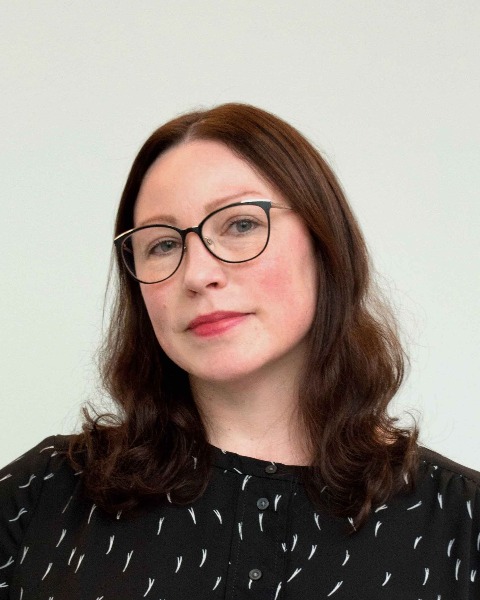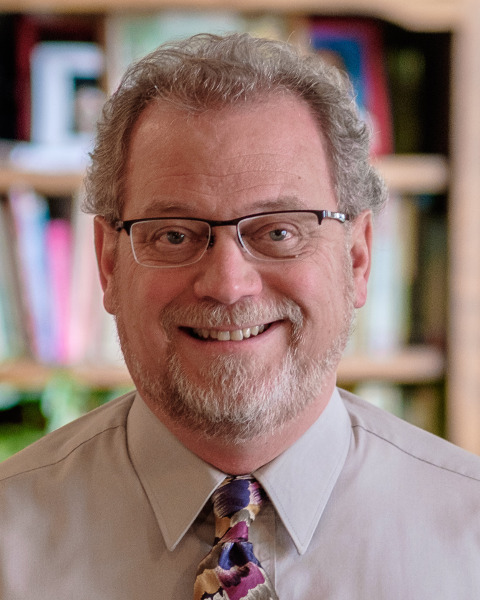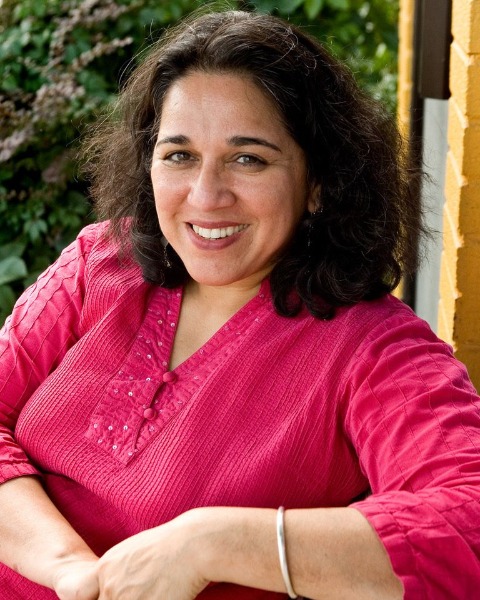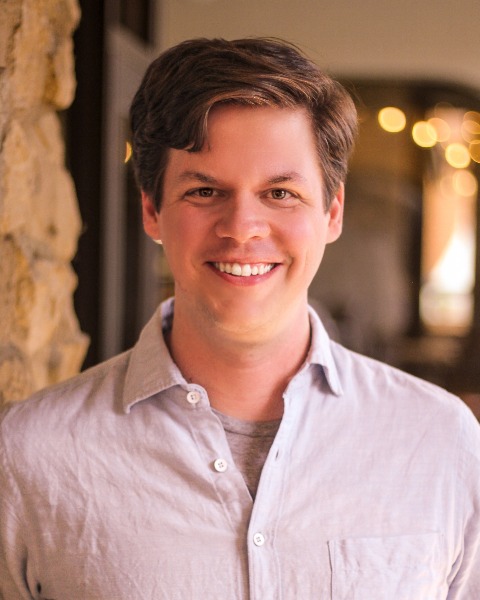Diversity and Inclusive Design
How Cultural Activism Impacts Physical and Social Infrastructure
Saturday, April 13, 2024
1:00 PM - 5:00 PM CT
Location: Mobile Workshop Departure Area
CM | 2
Ticket Price: $59

Jessica Wallen
Arts & Planning Division
Brooklyn, NY
Tom Borrup
Minneapolis, MN
.jpg)
Andrew Hestness
Redesign, Inc.
Minneapolis, MN
Meena Natarajan
Minneapolis, MN

Bill Graves
Minneapolis, MN
Lead Mobile Workshop Coordinator(s)
Mobile Workshop Guide(s)
Rebuilding commercial corridors following the George Floyd murder, diverse and bustling Lake Street faced speculators and displacement. Nonprofits and philanthropies stepped up to hold property while working with cultural and community groups and artists to activate and re-envision future development.
During the uprisings following the murder of George Floyd across the Twin Cities, provocateurs including Proud Boys were responsible for many fires that destroyed over 100 mostly-BIPOC small businesses. Most had inadequate insurance and lack access to capital. This left many residents without daily grocery and medicinal needs for months and impacted livelihoods. Volunteers from far and wide stepped up to collect and distribute necessities. Meanwhile, artists painted thousands of sheets of plywood covering storefronts and created memorials at George Floyd Square and nearby locations. Artists also generated activities in both public and private spaces to gather community members for conversation, music, theater, dance, and food, and engaged people in creative planning practices. One common chant was: “Back to normal is not an option!”. Neighborhood groups, community development entities, the City, philanthropic organizations, and others faced challenges using the same tools to define and build a different future. During this workshop we will discuss innovative ways of working that emerged when practitioners in the arts, culture, and planning fields came together in a time of crisis.
Participants will tour sites of devastation – many remaining vacant – hearing from community development organizations, philanthropic groups, and artists about finding new, equitable visions and balancing patience for the “right” kind of development, engaging community members in creative activities to build community spirit, and re-defining the future.
During the uprisings following the murder of George Floyd across the Twin Cities, provocateurs including Proud Boys were responsible for many fires that destroyed over 100 mostly-BIPOC small businesses. Most had inadequate insurance and lack access to capital. This left many residents without daily grocery and medicinal needs for months and impacted livelihoods. Volunteers from far and wide stepped up to collect and distribute necessities. Meanwhile, artists painted thousands of sheets of plywood covering storefronts and created memorials at George Floyd Square and nearby locations. Artists also generated activities in both public and private spaces to gather community members for conversation, music, theater, dance, and food, and engaged people in creative planning practices. One common chant was: “Back to normal is not an option!”. Neighborhood groups, community development entities, the City, philanthropic organizations, and others faced challenges using the same tools to define and build a different future. During this workshop we will discuss innovative ways of working that emerged when practitioners in the arts, culture, and planning fields came together in a time of crisis.
Participants will tour sites of devastation – many remaining vacant – hearing from community development organizations, philanthropic groups, and artists about finding new, equitable visions and balancing patience for the “right” kind of development, engaging community members in creative activities to build community spirit, and re-defining the future.
Learning Objectives:
- Understand and discuss the cultural corridor goals of the City of Minneapolis and the changing racial and social dynamics following the George Floyd murder in 2020.
- Employ a variety of creative, artist-led, and culturally specific activities to engage communities in inclusive planning to envision more equitable futures and sustainably build cross-sector, cross-cultural community relationships.
- Describe several types of efforts that bridge the goals of community groups, government, philanthropies, small businesses, and others to celebrate diversity and vest diverse cultural communities in long-term property ownership.
